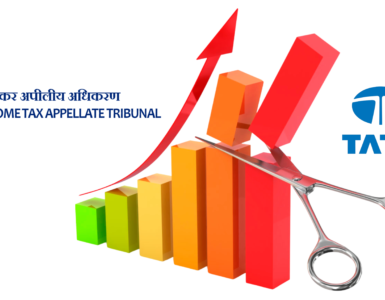There are various circumstances in which the company are left with minority shareholders even in the case of private company or unlisted public company and listed public company which was delisted but all the shareholders did not offer shares in the delisting offer.
Following sections of the Companies Act, 2013 can be referred to provide exit to the minority shareholders.
Compulsory exit
1. Section 235 – Scheme of Restructuring (Only One Acquirer)
When there is a scheme or contract involving transfer of shares of the Transferor company to the transferee company, then after receiving offer from the Transferee Company, the Transferor company needs to obtain approval of its shareholders holding 90% of the value of shares excluding shares held by Transferee Company or its nominees or subsidiaries. Transferee Company has to give notice to dissenting (minority) shareholders of the Transferor Company to acquire their shares.
The Minority/Dissenting shareholders can make application to NCLT against the offer. If no such application is made or if NCLT did not give order in favour of the application, Transferee Company is entitled and bound to acquire those shares of dissenting shareholders, on the same terms mentioned in the scheme or contract.
Sec 235 applies when there is only single acquirer in the form of a company and not otherwise. Here there is no mention of valuation to be obtained from the approved valuer. Under the section, the acquisition has to be on the same terms as acquisition from majority shareholders.
2. Section 236 – Scheme of Restructuring (One or More Acquirers)
This section applies when there is one or more acquirer acting together and how they acquired and become shareholders holding 90% stake in the company is not relevant. The price at which shares to be acquired is to be based on the valuation report to be obtained from the approved valuer as prescribed in the rules. Here majority shareholders are already holding more than 90% and acquisition can be in any mode i.e. through amalgamation, exchange of share or conversion of securities. When Acquirer or Persons Acting in Concert (PAC) with such Acquirer becomes registered holder of minimum 90% issued equity share capital of a company whether through scheme or otherwise; or when a person or group of person becomes holder of minimum 90% issued equity share capital of a company he/they shall notify the company about their intention to buy remaining equity shares. The above can happen either by virtue of amalgamation, share exchange, conversion of securities or in any other manner. Consideration price to minority shareholders is determined on the basis of valuation by Registered Valuer.
The section provides for the compulsory exit even the case of some of the shareholders not submitting share certificates or even not responding to the offer and time period within which payment to be done and to open an escrow account where total consideration to be paid to minority shareholders to be deposited and to act as in-house Registrar and Transfer agent.
3. Section 230/232 – Scheme of arrangement
Scheme can provide for issue of shares to majority shareholders of transferor co. and only cash consideration to minority shareholders of transferor co. However, it may be better for the majority shareholders to follow provisions Sec 236 and give exit than to go under these provisions where compliances are very high.
4. Section 61 – Consolidation of share capital
Company can consolidate and divide its share capital with face value larger than that of existing shares. It requires authorisation by Articles and of shareholders and approval in general meeting. Here, Minority shareholders receive fractional shares with new face value and they can be transferred to board or board authorised person which are held in trust for the members. The Board/board authorised person can consolidate these fractions and can sell them and can distribute the proceeds the members with fractional entitlements.
Here, it is important to note that this consolidation will result in changes in voting percentage of shareholders and hence approval of NCLT will be required.
Voluntary Exit
5. Sec 68 – Buy back of shares:
Offer of buy back should be made proportionately as per the provisions of Sec 68 though shareholders has an option to accept the offer or not. Hence, in this case, it may not be possible to give complete exit to all the minority shareholders as some of them may not respond. This section can be used to smoothen the final exit but cannot achieve the objective of compete exit to all the minority shareholders.
Here there is no mention of valuation to be obtained from the approved valuer under this section.
Board Approval: If the shares to be Buy Back is up to 10 % of Equity Share Capital & free reserves, of the Company.
Shareholders’ Approval: If the shares to be Buy Back is more than 10% of Equity Share Capital & free reserves of the Company but up to 25 % of Equity paid up Share Capital & free reserves of the Company.
This measure is to be followed by consequent reduction of share capital.
6. Sec. 66 -Reduction of capital:
Company can consider reduction of its paid up share capital to give exit to its minority shareholders. The Reduction requires Shareholders’ approval and confirmation of NCLT. However, this reduction is to be made with respect to entire paid up share capital of the company on proportionate basis. Hence, by this measure, company cannot achieve the objective of compete exit to all the minority shareholders unless they confirm the resolution of reduction.





Add comment